
AeroGenie — 您的智能副驾驶。
热门趋势
Categories
EHang and Tsinghua University Launch JILAAT to Advance Low-Altitude Aviation Technology
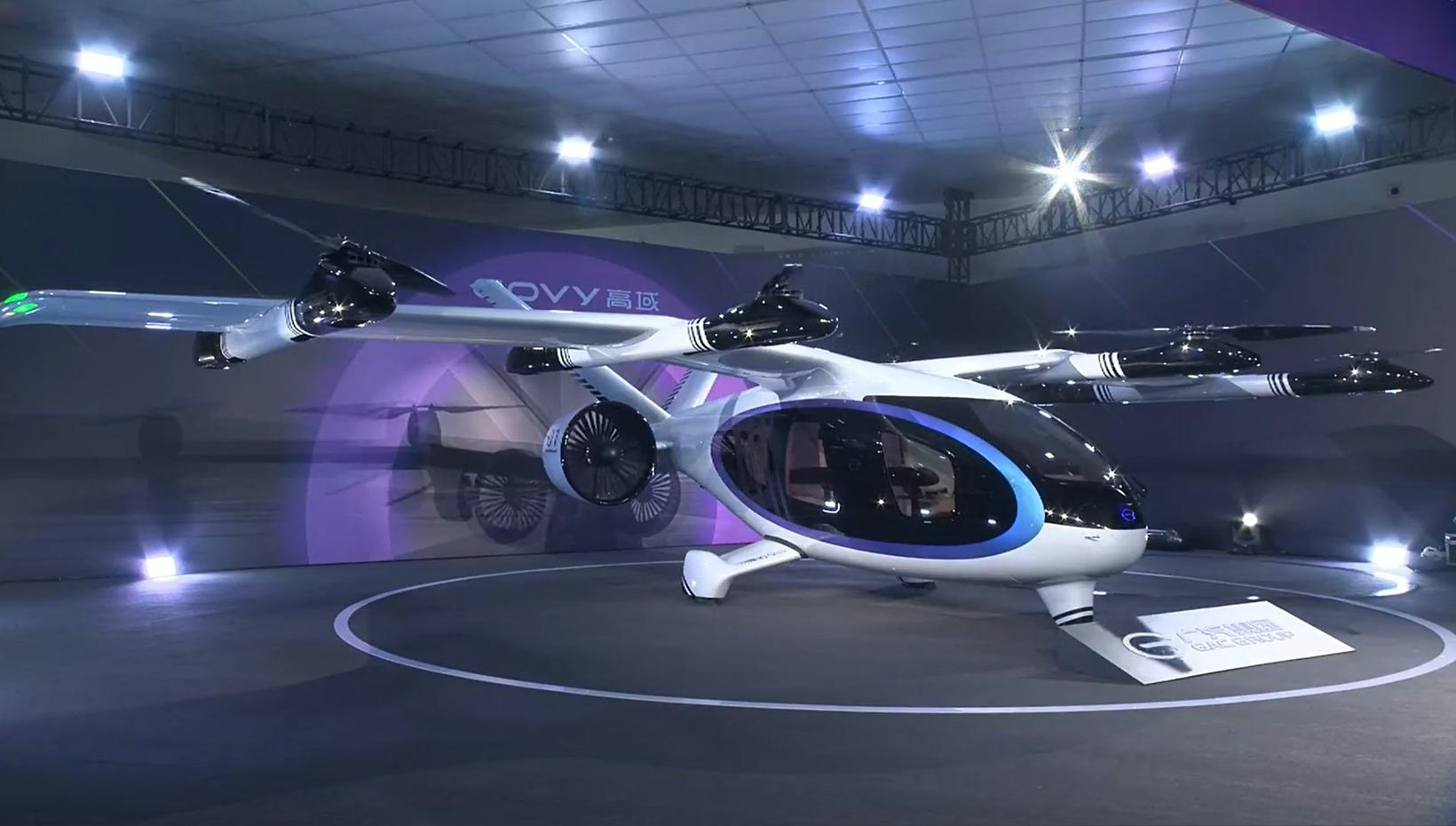
EHang and Tsinghua University Establish JILAAT to Advance Low-Altitude Aviation Technology
GUANGZHOU, China, July 11, 2025 – EHang Holdings Limited (Nasdaq: EH), a global leader in Urban Air Mobility (UAM) technology, has announced the creation of the Joint Institute for Low Altitude Aviation Technology (JILAAT) in collaboration with Tsinghua University, one of China’s foremost academic institutions. The institute is designed to become a premier center for research, innovation, and talent cultivation in the rapidly developing field of low-altitude aviation.
A Strategic Partnership for Innovation and Development
The launch ceremony was attended by prominent figures including Tsinghua University President and Chinese Academy of Sciences Academician Luming Li, Executive Vice President Rong Zeng, and EHang Chief Operating Officer Zhao Wang. President Li praised EHang for pioneering a new model of university-enterprise collaboration and reaffirmed Tsinghua’s dedication to leveraging its educational and research capabilities to support the safe and intelligent expansion of the low-altitude economy.
JILAAT will draw on expertise from multiple departments within Tsinghua University, encompassing Aerospace Engineering, Vehicle and Mobility, Architecture, Computer Science, Automation, Mechanical Engineering, and Electrical Engineering. The institute’s core mission is to tackle critical technological challenges, accelerate academic research, and facilitate the industrialization of low-altitude aviation technologies.
By combining Tsinghua’s academic resources with EHang’s extensive experience in research, development, manufacturing, and commercial deployment of low-altitude aircraft, the partnership aims to translate cutting-edge research into practical applications. This collaboration is expected to enhance China’s standing in the global advanced air mobility (AAM) sector and promote sustainable growth within the low-altitude aviation ecosystem.
Challenges and Market Dynamics
Despite the promising prospects, the initiative faces several challenges. Regulatory complexities remain a significant concern, as the low-altitude aviation sector continues to navigate evolving government policies and safety standards. Technological uncertainties, particularly regarding the integration of autonomous systems and airspace management, also present potential obstacles. Additionally, competition is intensifying, with companies such as Sora and Zipline expanding their AAM offerings and forging strategic partnerships with logistics firms like DHL Express to develop drone delivery solutions.
Market response to EHang’s recent advancements has been encouraging. The company has secured substantial orders for its electric vertical takeoff and landing (eVTOL) aircraft, including a 50-unit contract with Guizhou Province and an agreement for 41 aircraft with Changchun Tech Zone. These deals reflect growing confidence in EHang’s technology and the broader potential of low-altitude aviation.
As JILAAT commences its operations, both EHang and Tsinghua University are positioned to play a critical role in shaping the future of urban air mobility, driving technological innovation, and addressing the challenges inherent in the low-altitude aviation sector.

Dassault Aviation and Thales Partner on AI for Future Air Combat
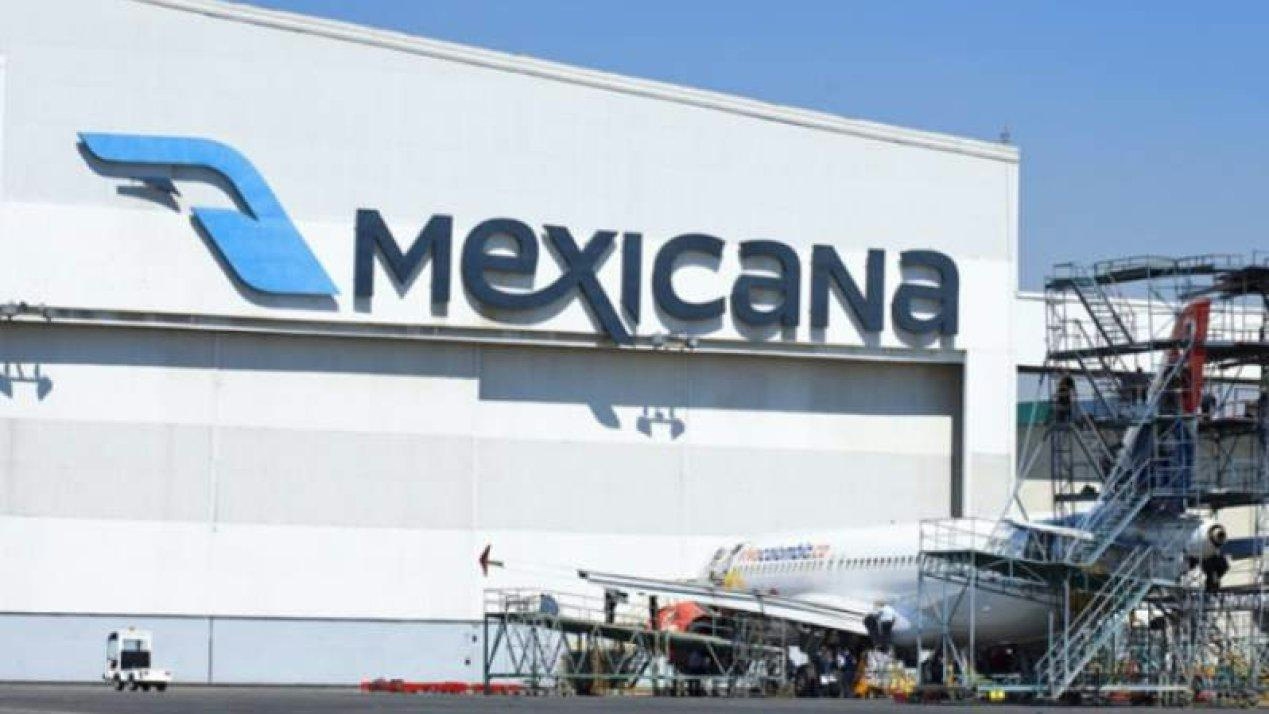
Mexicana MRO Deal Stalls Pending Banorte Extension Approval
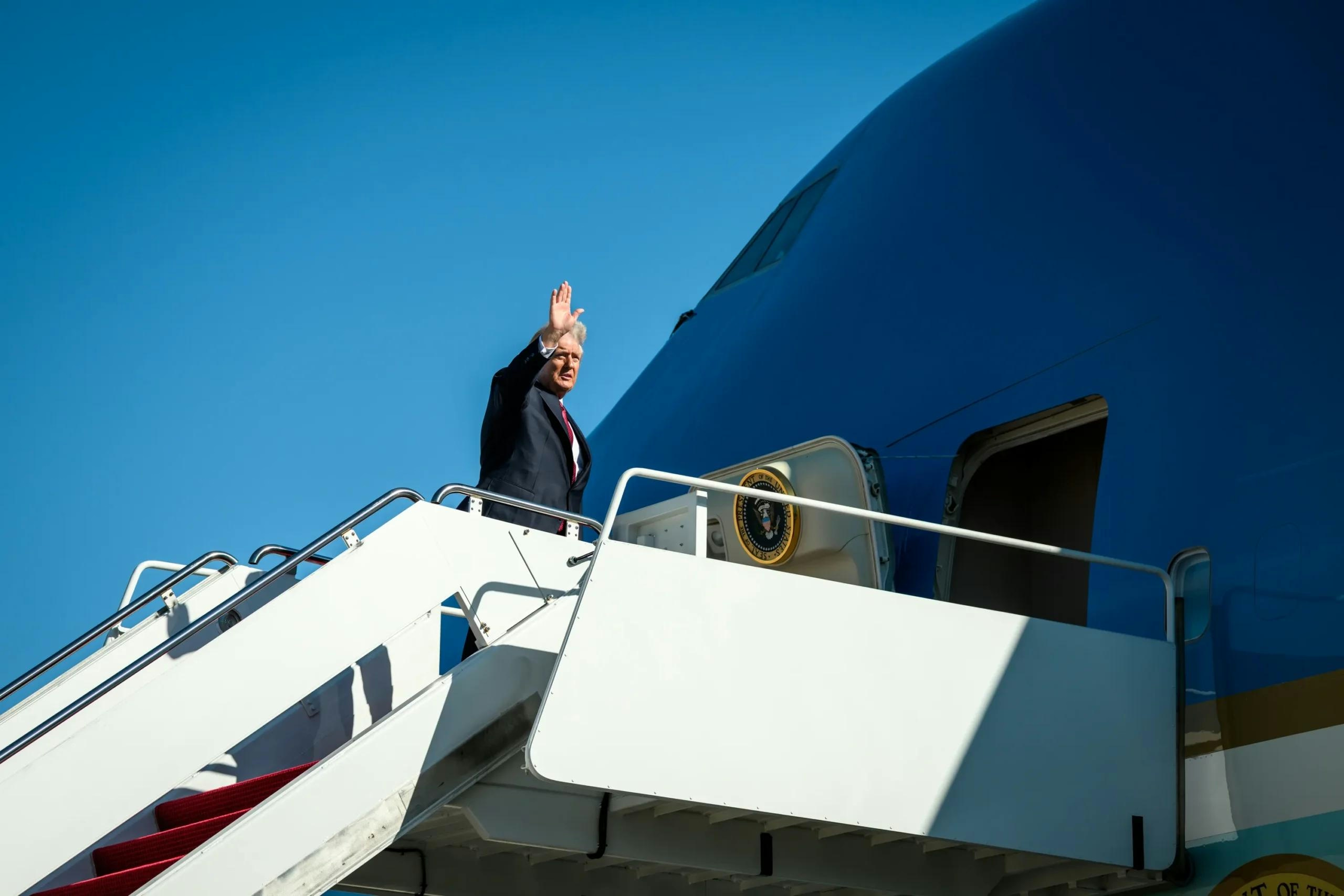
Trump's Policy on DEI Raises Concerns Over Aircraft Mechanic Training
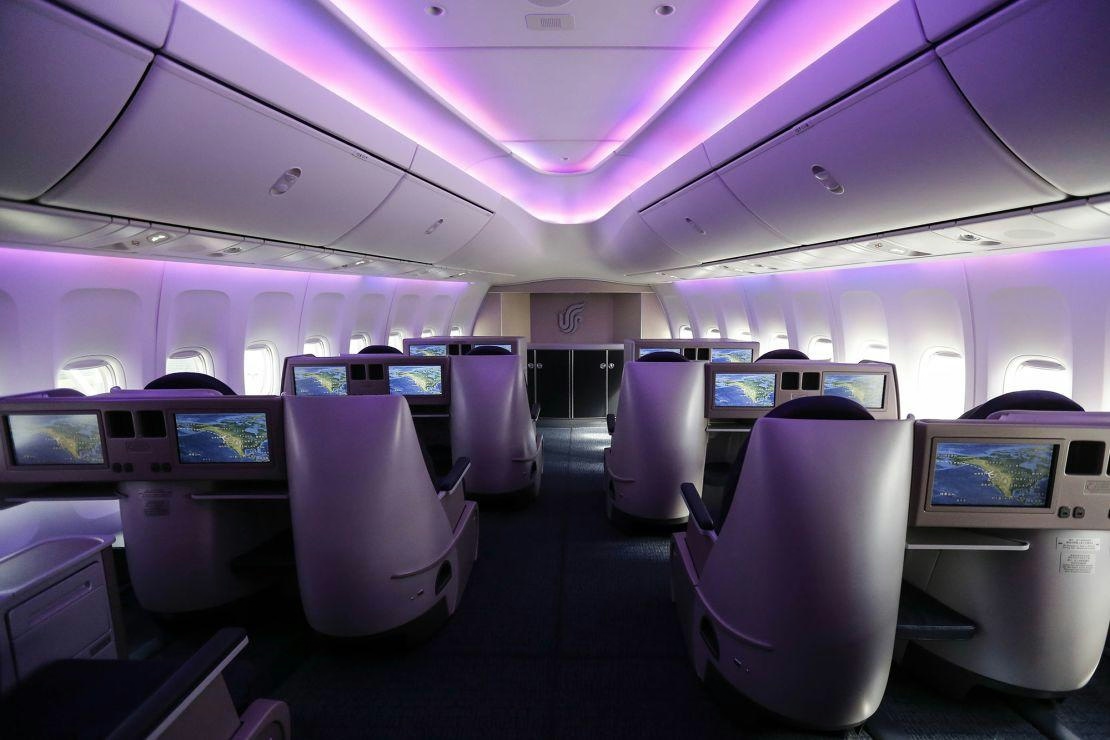
Why Boeing’s 747 Lacks a Full Second Deck Unlike the Airbus A380

Deutsche Aircraft Appoints Ernst-Georg Schröder Manager of Final Assembly Line for D328eco
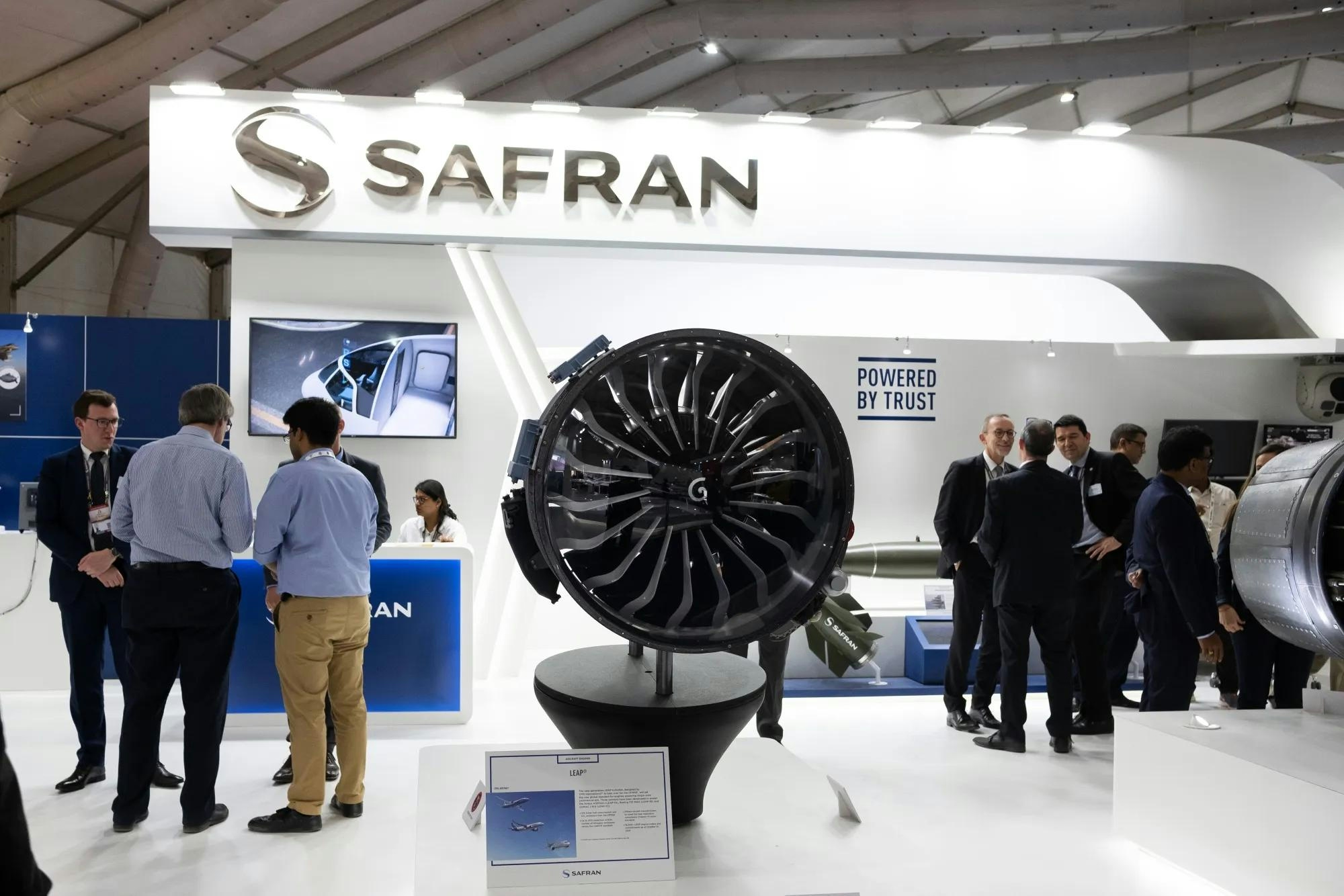
PM to Inaugurate Safran Aircraft Engine Services Facility in India on November 26
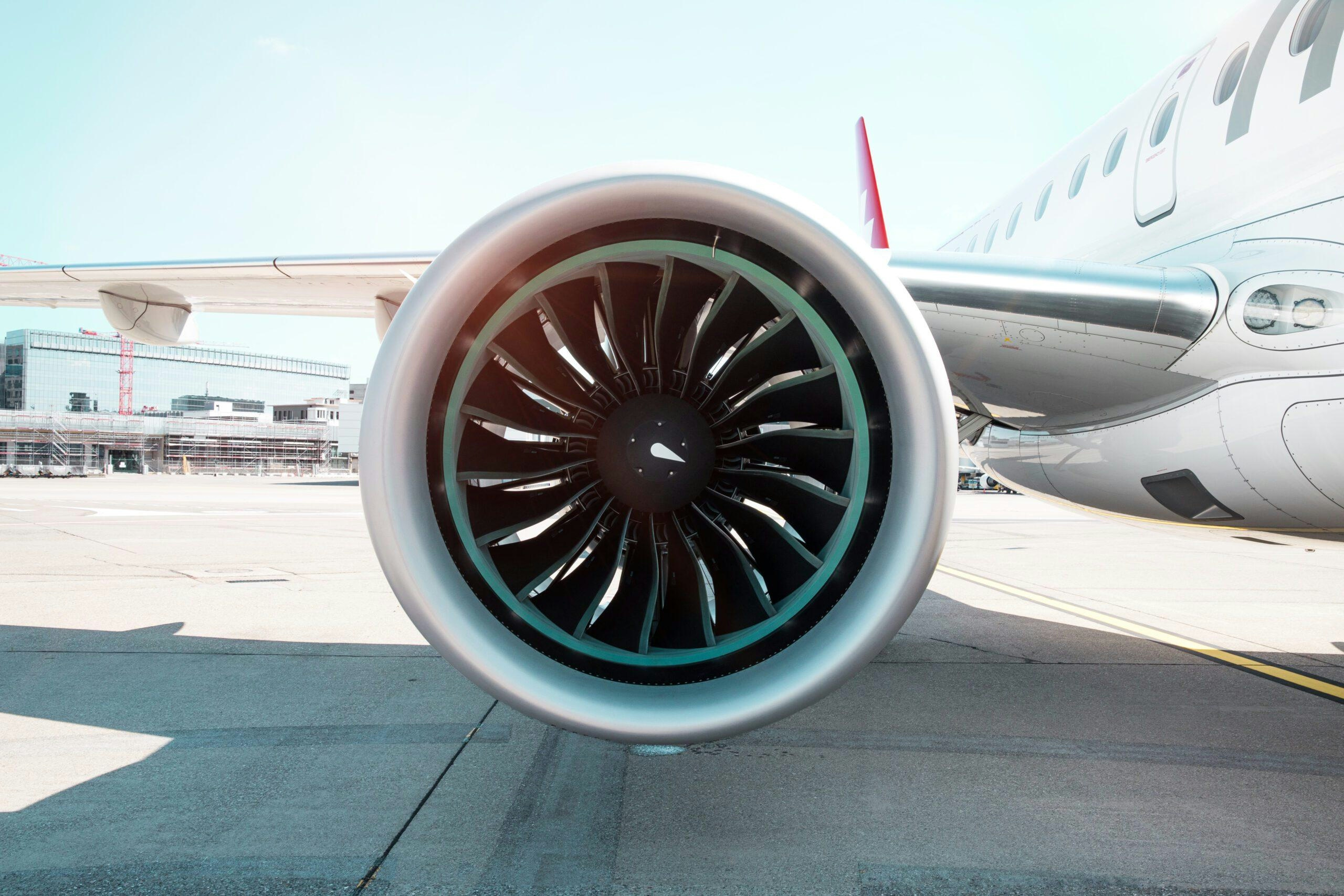
Leading Companies in Aviation Artificial Intelligence: Airbus, Amazon, Lockheed Martin, Tata Power, Thales
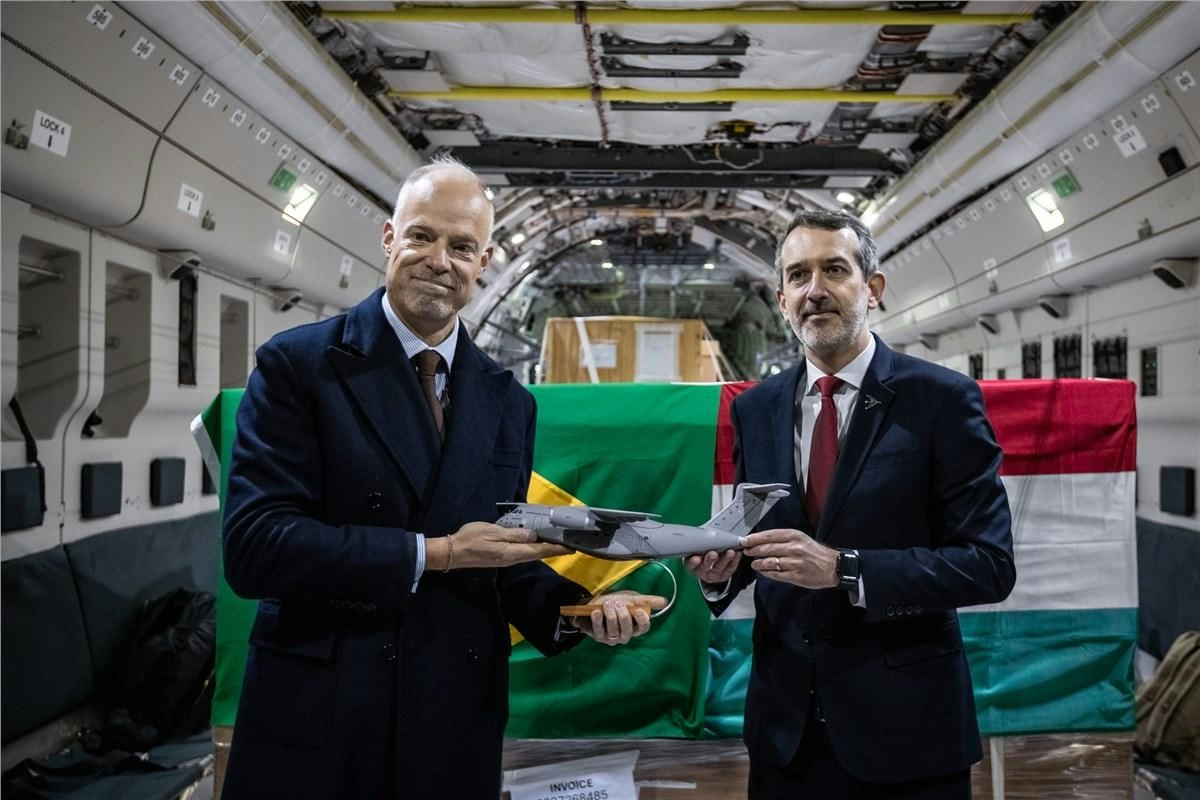
Embraer and ILIAS Partner to Enhance Military Fleet Management
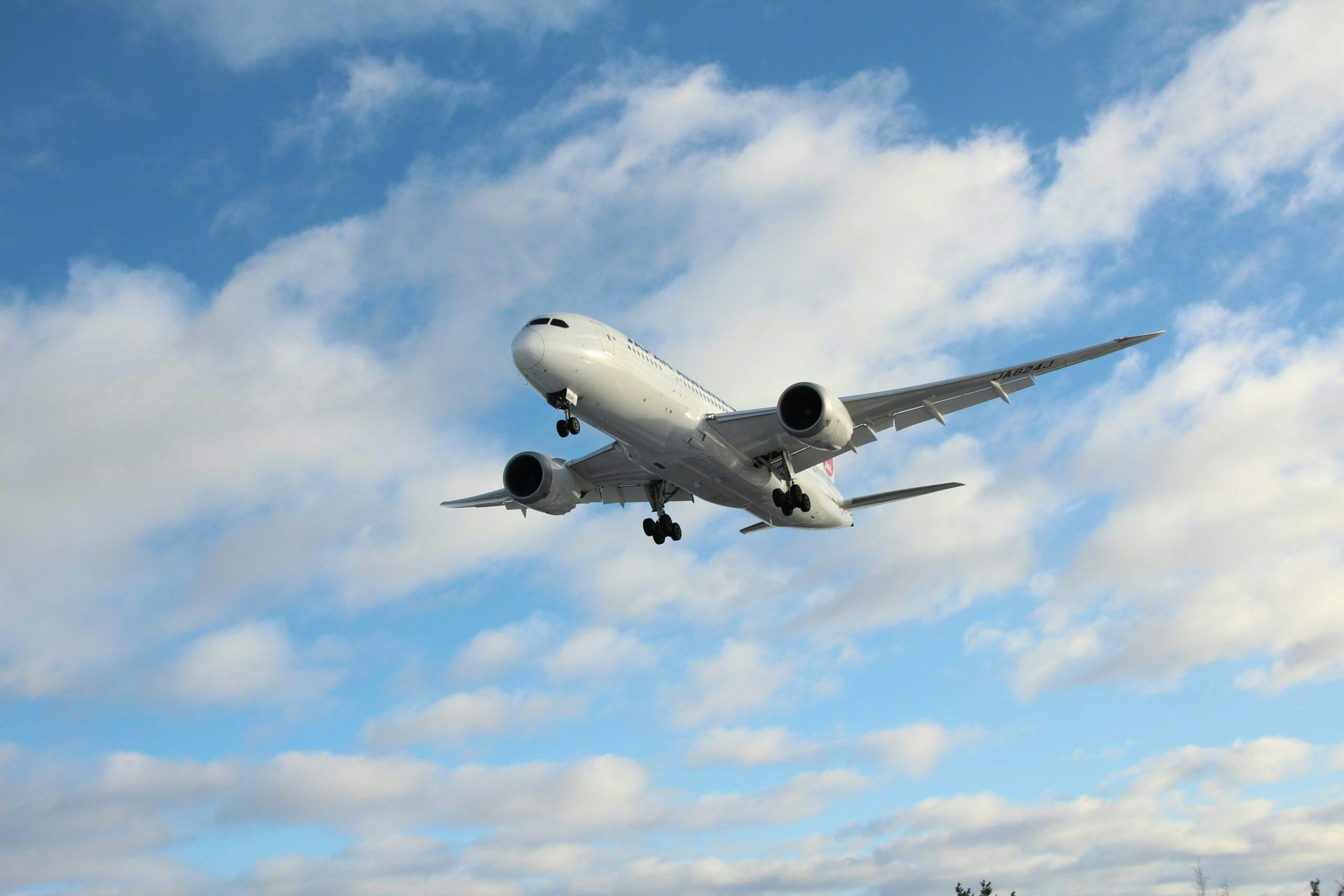
Warburg Pincus Acquires Hong Kong-Based Topcast Aviation Supplies
